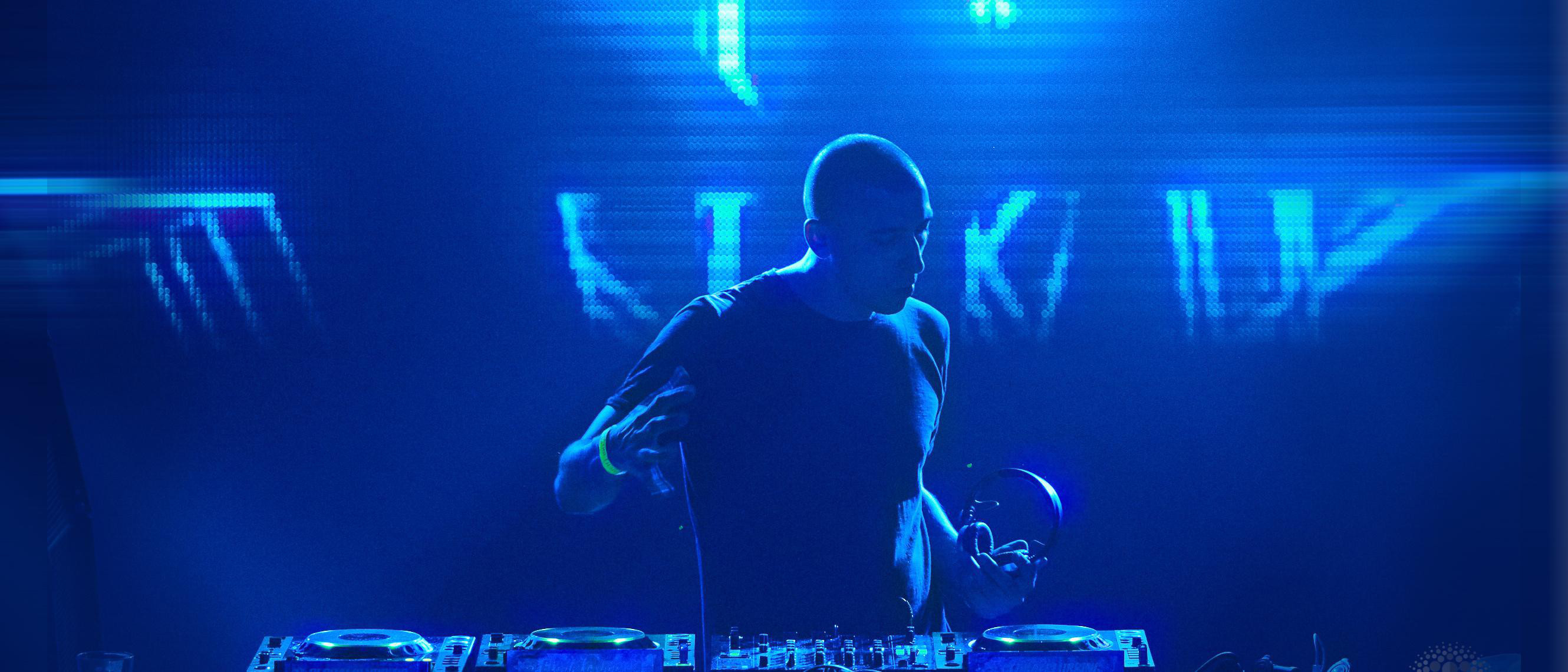Less a band than an assemblage of some of Cuba's most renowned musical forces, Buena Vista Social Club's origins lie with noted American guitarist
Ry Cooder, who in 1996 traveled to Havana to seek out a number of legendary local musicians whose performing careers had largely ended decades earlier with the rise of Fidel Castro. Recruiting the long-forgotten likes of singer
Ibrahim Ferrer, guitarists/singers
Compay Segundo and
Eliades Ochoa, and pianist
Rubén González,
Cooder entered Havana's Egrem Studios to record the album Buena Vista Social Club; the project was an unexpected commercial and critical smash, earning a Grammy and becoming the best-selling release of
Cooder's long career. In 1998 he returned to Havana with his son, percussionist
Joachim, to record a solo LP with
Ferrer; the sessions were captured on film by director Wim Wenders, who also documented sell-out Buena Vista Social Club live performances in Amsterdam and New York City. (Wenders' film, also titled Buena Vista Social Club, earned an Academy Award nomination in 2000.) The public's continued interest in Cuban music subsequently generated solo efforts from
Segundo and
González, as well as a series of international live performances promoted under the Buena Vista Social Club aegis. A concert CD, At Carnegie Hall, drawn from the same triumphant show that Wenders featured in his documentary, was released in 2008 -- a few years after the deaths of
Segundo,
Ferrer, and
González. In the spring of 2015,
Nonesuch/
World Circuit released Lost and Found, a collection of unreleased tracks from the 1996
Egrem and 2000 recording sessions, as well as live tracks. A group containing some of the original members called Orquesta Buena Vista Social Club continued to tour, and their farewell tour took place that year. ~ Jason Ankeny, Rovi
